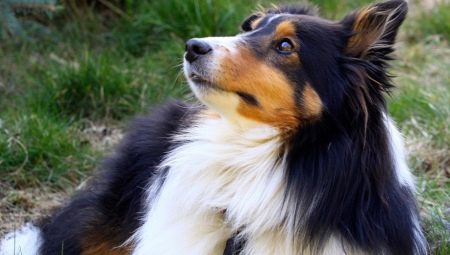Dogs from ancient times walked side by side with people and were involved in many areas of their activity. From time immemorial, these amazing animals are considered the most faithful and loyal friends of man and often strike the owners with a sharp mind, sense of humor and high intelligence. Moreover, many owners are inclined to believe that their pets are able to not only understand a huge number of words, but also literally read thoughts.

Intelligence features
The issue of canine intelligence for a long time haunts many scientists. For example, the famous American psychologist Howard Gardner believed that dogs have several types of intelligence. And Canadian professor of psychology at the University of Vancouver, Stanley Coren, identified and provided scientific justification for at least three of them.
- Adaptive type of intelligence responsible for the ability of the animal to receive and memorize a certain amount of information and for its ability to solve various problems using past experience. Thanks to this kind of intelligence, the dog adapts to its environment and becomes able to survive in the current circumstances.
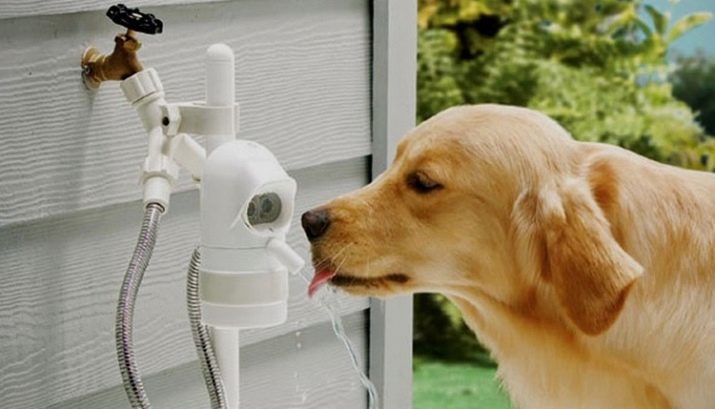
- Intelligence of Obedience, which is often called working intelligence, gives the dog the opportunity to understand and execute a number of commands. The criterion for assessing this type of intelligence is the duration of the animal's attention and its ability to change the form of behavior if the execution of the command is not awarded, and the handler requires something else from the pet.

- And finally innate or instinctive type of intelligence, to one degree or another, present in all dogs and determining their behavioral characteristics, laid down at the genetic level. An example is the ability of terriers to climb into holes, a shepherd dog to accurately trace, and a collie to graze sheep.
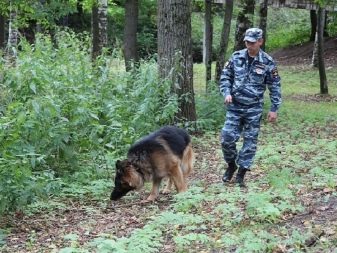

Koren later proved that all 3 types of intelligence together form the general intelligence of the animal, which determines the dog’s ability to learn, perceive and remember information, as well as to independent brain activity and situational behavior.
Aristotle was also convinced that the mental abilities of a dog are a more simplified and weak model of human intelligence. The philosopher argued that dogs, like humans, are capable of learning, remembering information and using previous experience to solve current problems. However, for theological reasons, his theory did not receive the proper development, since the clergy did not want to come to terms with the presence of a soul in dogs, as an integral component of intelligence.

Much later, at the beginning of the 20th century, the Russian physiologist I. Pavlov also tried to find the answer to the question of the presence of intelligence in dogs. However, on the basis of experiments, he concluded that many things that are perceived by a person as high mental abilities of a pet, in fact, are nothing more than automatism. For example, the well-known experience in fixing conditioned reflexes has shown everyone that the extremely high ability of animals to memorize daily repetitive behavioral programs is often perceived as the result of the highest intellectual activity of dogs.

So, in one of the experiments, animals were offered food at the same time for several weeks. Then, on one of the days, breakfast was deliberately delayed, however, exactly 20 seconds before the required time, the animals began to salivate profusely, characteristic of them when they were waiting for food. The scientist ranked this phenomenon as automatisms that have nothing to do with the intellectual abilities of the dog.
The ability of many pets to show joyful anxiety half an hour before the owners return from work, which is also perceived by many owners as a manifestation of intelligence, is also explained in a similar way.
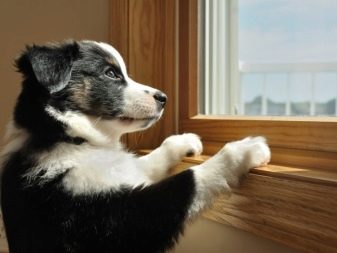
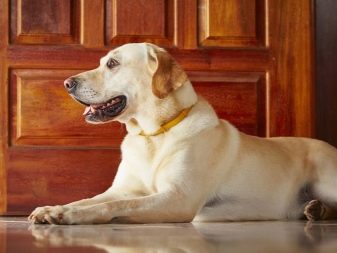
However, in the second half of the XX century. Stanley Koren did a tremendous job of collecting and systematizing information on situational behavior, learning ability and using the accumulated experience of many dog breeds, from which the dog handler made reasoned conclusions about their intelligence. The main reason for his presence was the fact that in many situations, both humans and animals behave the same. And if a person needs his own argumentation and consciousness to get out of the circumstances, then the dog probably uses the same methods of brain activity.
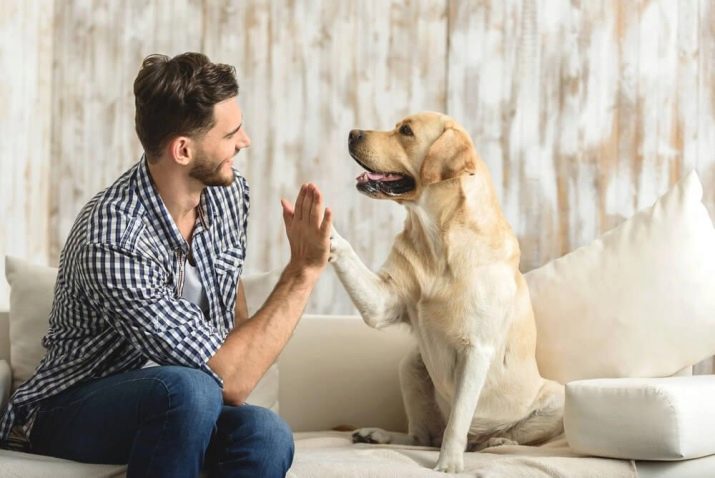
The result of many years of work by S. Koren was the book The Intelligence of Dogs, which was released in 1994 and became the desktop tool for many dog breeders.
Stanley Coren Book
While working on the book, The professor relied on data obtained from experienced trainers and professional dog handlers, after which he systematized them and made logical conclusions. Two criteria were taken as the basis for determining the intelligence of a particular breed: dog's understanding of the team and the ability to execute it the first time. The scientist sent inquiries to the largest dog breeding clubs in America and Canada with a request to evaluate representatives of different breeds.
Questions were addressed to judges of dog shows, most of which eagerly responded to requests. They described in detail to Koren the peculiarities of animal behavior in various situations, and also spoke about their ability to act according to ideas about what is happening.
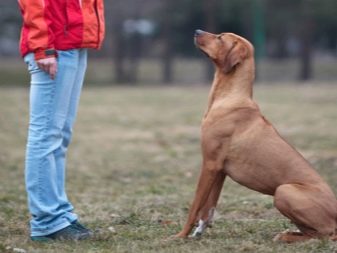
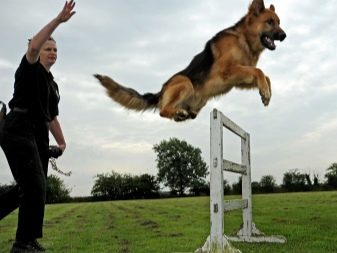
However, complete objectivity in assessing the intelligence of breeds was not achieved. This is due to the fact that animals were evaluated according to their ability to understand and execute commands, and therefore more stubborn or independent dogs were at the bottom of the rating.
The author himself perfectly understood some imperfection of his research and admitted that the breeds intended for hunting would be on the list obviously lower than service dogs, which does not mean their low intelligence and unsuitability for training.
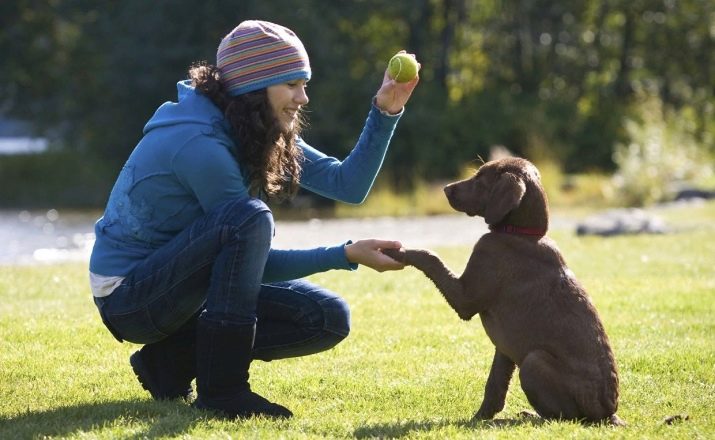
Having analyzed the information received, Koren conditionally divided the breeds into 6 categories, each of which determined the degree of ability of animals to learn and execute commands.
- Breeds with excellent abilities, even a novice dog breeder can handle the training of. These animals require less than 5 repetitions in order to understand the command, in 95 or more cases out of 100 they execute it the first time.
- The next category includes breeds with excellent learning ability. Such dogs, on understanding the new team, need to repeat it from 5 to 15 times, and the percentage of completion from the first time reaches 85% and higher.
- Koren ranked dogs with this category. Ability to learn above averagewho understand the commands after 15-25 repetitions and perform them the first time in 70% of cases and more often.
- This category is the most numerous and consists of dogs with an average ability to learn. Animals can understand the command only after 25-40 repetitions and execute it the first time only in half the cases.
- Koren included dogs with less than average training ability in this category.who understand the team only after 40-80 repetitions and execute it the first time in only 30% of cases.
- And the professor was assigned to the last category breeds with poor learning ability. These animals to learn the team needed to hear it from 80 to 100 times, and the first time they performed it only in 25% of cases.
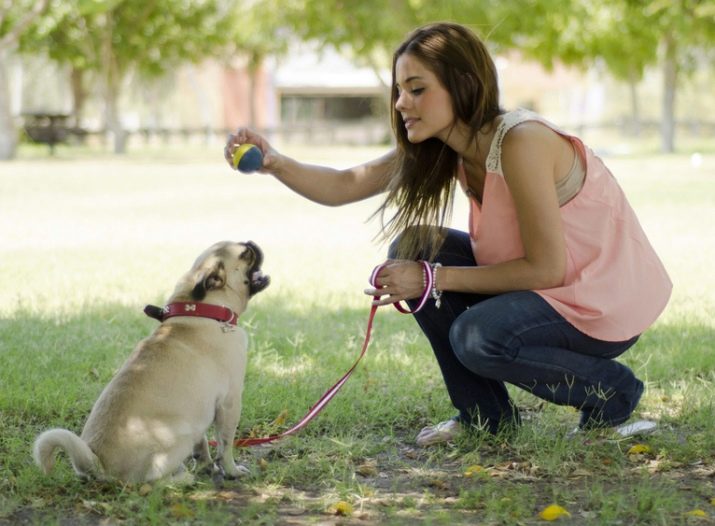
Koren also noted in his book that new breeds, bred by humans relatively recently, are much easier to train and more intelligent than representatives of ancient breeds. This is due to the proximity of old species to wild animals, the descendants of which they are.
Artificial breeds were bred with careful selection of parental characteristics and with fixing the necessary qualities, and individuals with primitive behavior were rejected and were not allowed to breed.
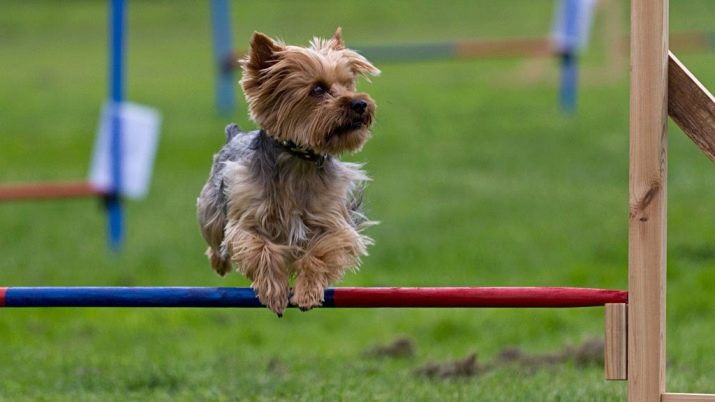
In addition to the breed learning rating, the book includes sections that discuss the general development of dogs, the characteristics of hunting and the principles of animal training. The general result of the author’s many years of work is the conclusion that it is incorrect to consider breeds in terms of comparing their intelligence, since each of them is genetically programmed to solve certain specific problems that, possibly, representatives of other breeds cannot solve. The works of Stanley Coren were translated into 26 languages and reprinted at least 16 times.
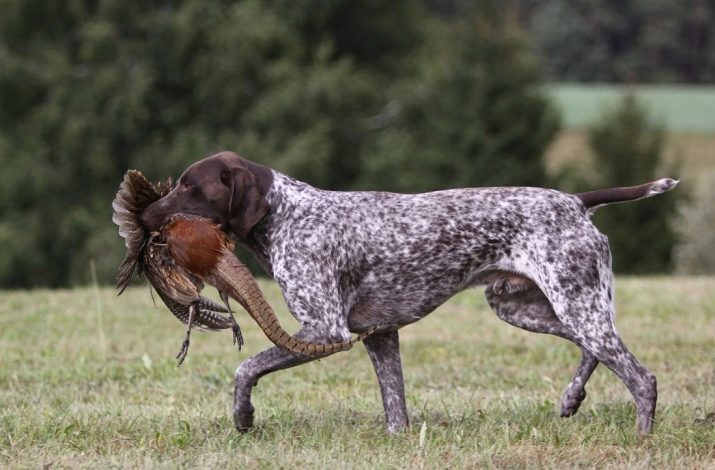
Top large breeds
Large dogs include breeds whose representatives weigh from 25 to 90 kg and have a height above 45 cm.
- The first place in the ranking of smart breeds belongs to German shepherds. Dogs are very loyal, smart, obedient and balanced animals, for which they have gained great popularity among dog breeders around the world. The pet perfectly understands its place in the home hierarchy and will never fight with the owner for leadership. Shepherd dogs are very lenient towards children, however, they require early training and socialization, which is due to not too distant kinship with the wolf.
"Germans" are universal dogs for official activities, they obey very well and execute commands not only from their master, but also from other people. This quality has made the German Shepherd an ideal police dog, which every day has to work with a new partner.
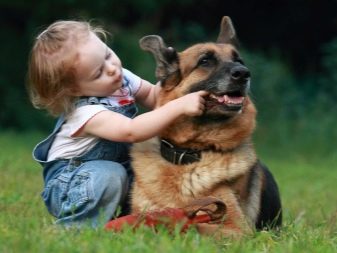
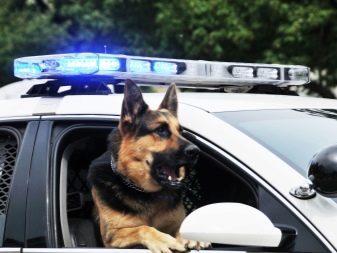
- Second come golden retrieverwhose owners consider them the smartest and kindest dogs in the world. Pets really have great generosity and are very fond of their owners. Dogs unquestioningly carry out commands, are able to cheer up, and if necessary, bravely protect their masters. Moreover, the golden retriever is a great nanny, and is also used as a bloodhound or guide dog. Such pets are absolutely not lazy and are distinguished by special sensitivity and ability to empathize.
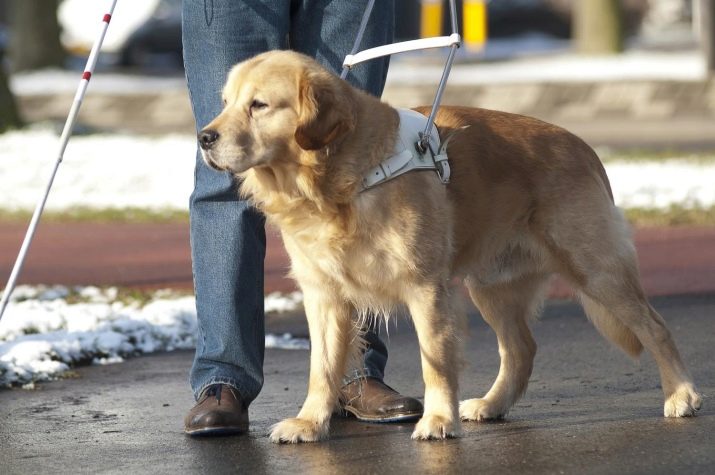
- Labradors deservedly settled in third place, who are distinguished by great good nature and high intelligence. Moreover, dogs have established themselves as excellent hunters, nannies and guide dogs. By nature, such dogs are active, have a great relationship with children and will never allow to offend the owner and members of his family. Training Labradors is not difficult even for beginners, so these dogs can very well be taken as the first dogs.
Describing this breed, one cannot help but recall one story when, when attacking the twin towers on September 11, 2011, the guide labrador led his blind owner through an emergency exit until the buildings began to crumble.
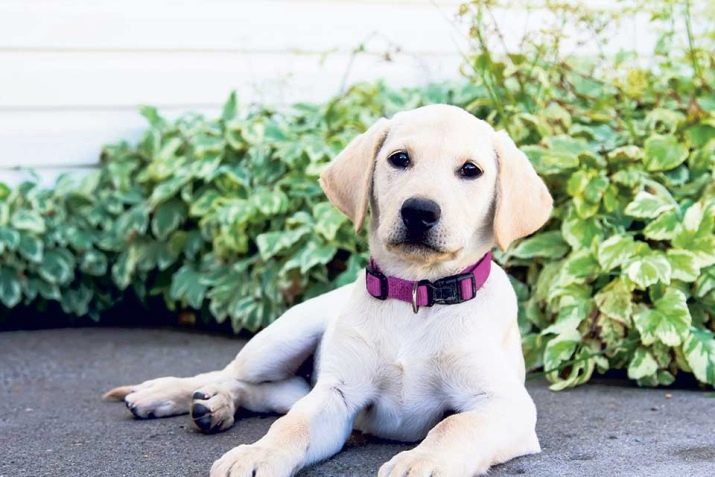
- The fourth place rightfully belongs Newfoundlands which are considered wonderful family dogs. Pets are distinguished by good quick wits, and in case of danger they instantly defend their owners. Dogs are very attached to family members and can hardly tolerate even short-term separation from loved ones.
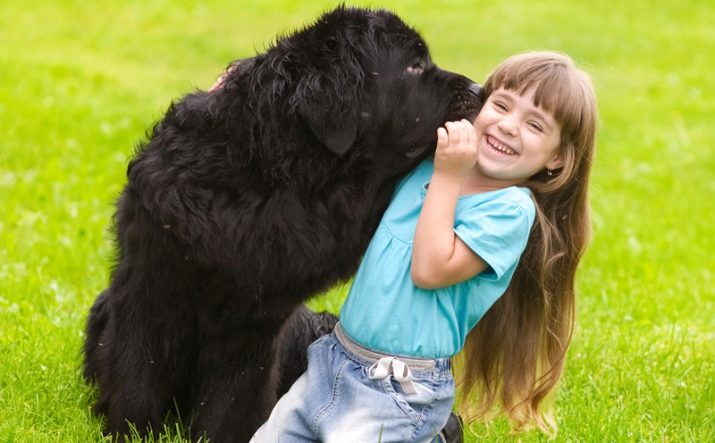
- In fifth place, balanced, sensible, calm, and understanding handsome St. Bernards settled down freely. Angry such a dog is almost impossible, unless its owners are in real danger. In such cases, the dog independently evaluates the reality of the threat and headlong rushes to the aid of his household. Dogs are well trained and obedient, like to spend time with the owner and are very kind to children.

- The sixth line of the rating belongs to the Dobermans. These are quite serious and wayward dogs that require early socialization and compulsory training. Dogs are smart enough and prone to making independent decisions. Children are wary and do not show any special feelings. Therefore, the child should immediately explain the rules of behavior with such a dog, and make the Doberman himself understand that his child is more important.
Dobermans work fine on the trail, look for prohibited substances and protect people.
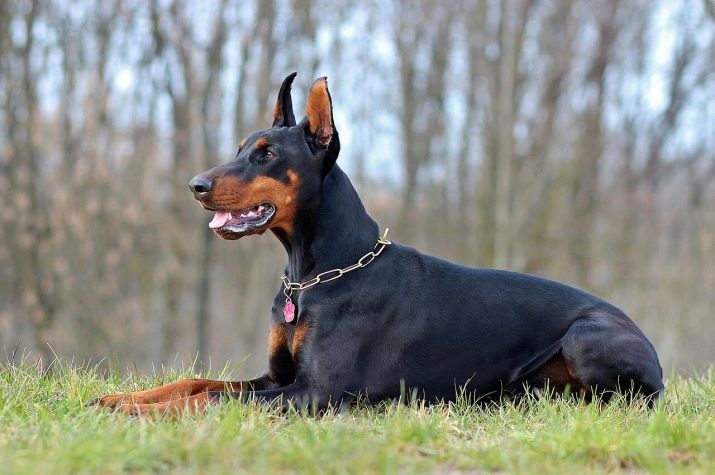
- In seventh place is rottweiler - A breed that requires serious training and an experienced trainer. Classes with such dogs should be started from 2 months of age, since it will be much more difficult for an older pet to become an authority. Rottweilers need early socialization towards children. The dog must immediately make it clear that the child in the family hierarchy is much higher than the dog, otherwise in the future the dog will try to dominate the baby and may offend him.
In any case, leaving the children alone with the Rottweilers is not worth it, as the “butcher dogs,” as they are also called, see the owner in only one person and will not breed sentiment with his child. In general, dogs are well trained and have a high level of intelligence, however, they require a firm hand and iron discipline.
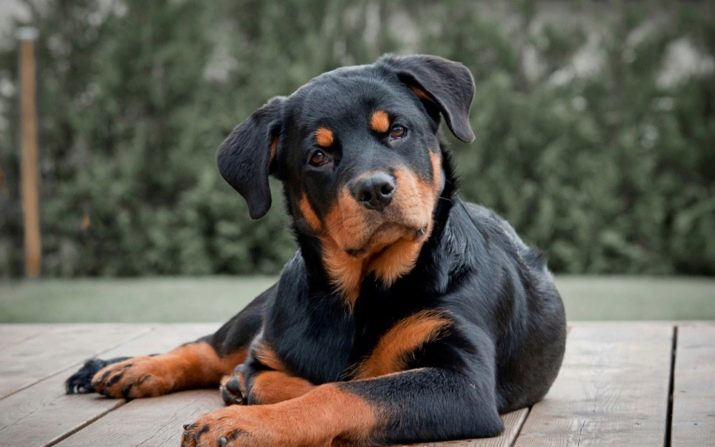
- The eighth line of the ranking is Akita Inu. Dogs are considered loyal friends and reliable defenders, however, in a calm environment they do not even voice. Dogs find a common language with children and other pets, learn quickly and carry out commands with ease. A prerequisite is the earliest possible start of training and the constant repetition of material covered.
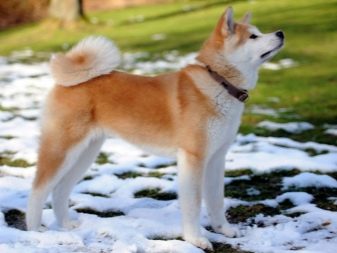
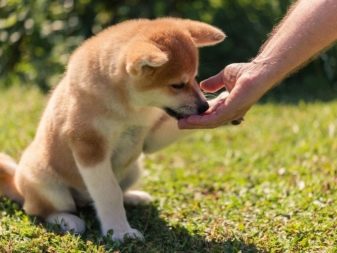
- Ninth place, oddly enough, belongs pit bull opinions of ordinary people about which are very different.This is due to the large number of their attacks on people, on the one hand, and incredible fidelity and devotion to their masters, on the other. Moreover, pit bulls are considered to be excellent nannies and excellent companions, however, for this, you need to seriously train and constantly refresh your dog’s skills with a dog.
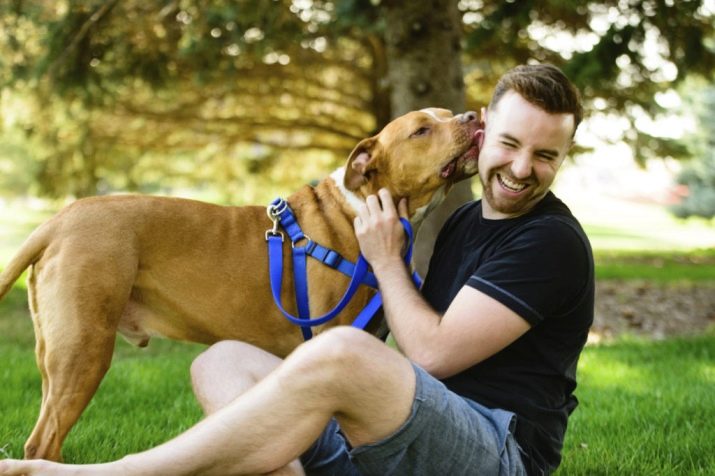
- And close the top ten “smartest” German boxerswho, with proper upbringing, can become reliable guards, loyal friends and excellent nannies. Most boxers, in the presence of a threat, rush to protect the owners, however, there are also very good-natured specimens, which themselves often have to be fenced off from the aggression of other dogs. It should also be borne in mind that boxers are very dirty dogs and continue to be outrageous in the apartment until they are very old.
The way out can be long walks with physical exertion, although they do not always save home property from the clutches of a bully.
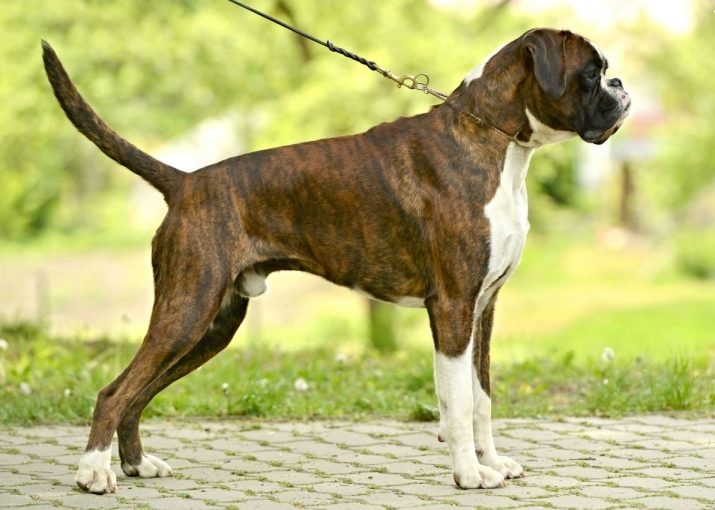
The smartest midsize dogs
Among the medium breeds include individuals weighing from 12 to 25 kg, growth up to 45 cm.
- First place Border Collie - extremely obedient pets recognized by the most intelligent breed in the world. Animals are well oriented in life situations and are able to make independent decisions based on the prevailing circumstances. Dogs understand the meaning of up to 1000 words, get along well with children, and their level of intelligence is identical to the intelligence of a 3-year-old child. The breed is characterized by incredible devotion, kindness, empathy, good memory and excellent obedience.
So, during the experiment, a border collie named Rico, together with his master, was placed in a room, and in the next one they left 40 toys familiar to the dog. Further, the owner asked Rico to bring him one at a time, with which the dog did a great job, making only 2 mistakes. Then an unfamiliar toy was placed in the room and the owner asked the dog to bring it. Hearing an unfamiliar word, Rico himself guessed that we were talking about a new subject and correctly selected it.
Based on the results of the experiment, scientists concluded that border collies are able to comprehend the language at the level of a three-year-old baby.
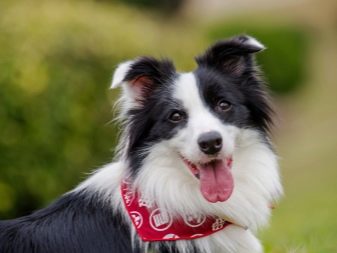
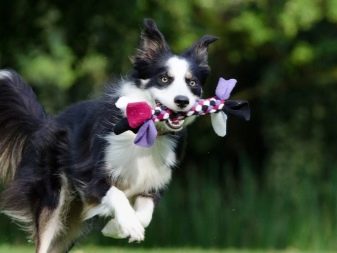
- The second place belongs to the poodle., about which it is often said that he is not yet a man, but no longer a dog. Dogs can easily understand not only distinct commands, but also simple requests made with usual intonation. Poodles can help the owner on a hunt, perform in a circus, and larger varieties work as lifeguards on the beaches and perfectly cope with the duties of a security guard.
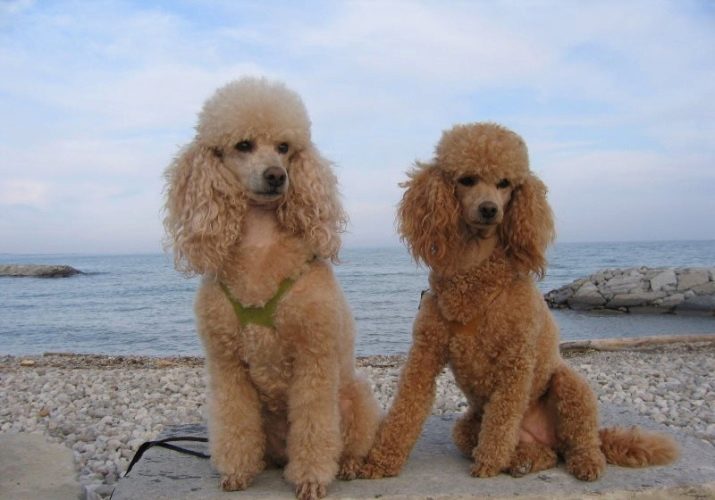
- The third place is held by the sheltie. Dogs love the attention of the owners and prefer an active lifestyle. This is due to their shepherd's past, when dogs grazed sheep and helped to drive whole herds. Therefore, the owner of the sheltie should be an exceptionally active and athletic person, and homebodies should choose a calmer breed. Dogs are well trained and distinguished by intelligence and quick wit.
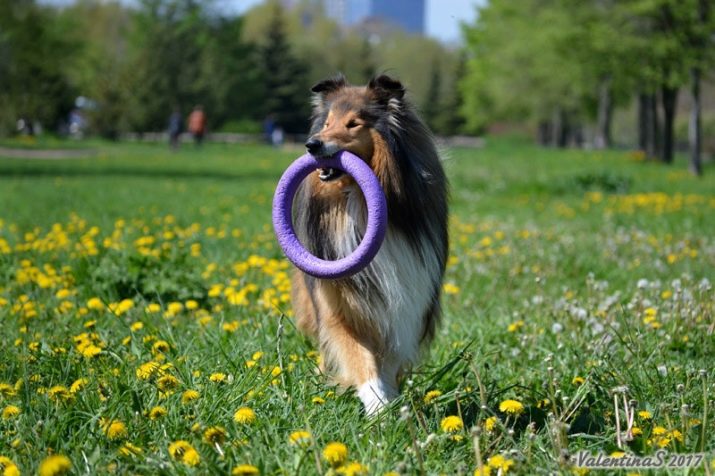
- In fourth place is the Australian Shepherd - aussie. This is a great shepherd and reliable friend, who, however, requires serious and painstaking training. Otherwise, instincts will prevail, and the animal will behave like a shepherd: pull all household items in one pile and bite the household feet, trying to knock them into a "herd."
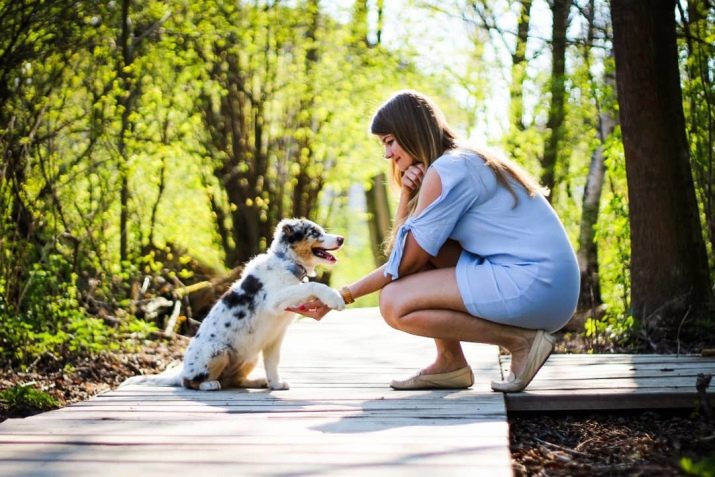
- The fifth position of the rating is firmly held beagles. Dogs are highly mobile and can play with children for a long time. They lend themselves well to training, are very brave and can become good guards.
Beagles need movement, and therefore require long walks with the ability to run without a leash.
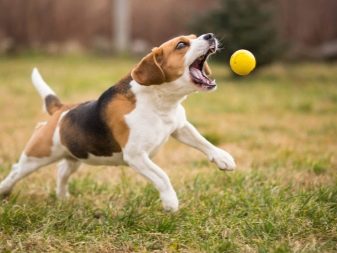

- The sixth line of the rating belongs to the taxes. Dogs are very well trained, however, require an individual approach. Dachshunds need a host society and in their absence they can start to be outrageous in an apartment.Considering the breed belongs to burrowing hunting dogs, the dachshund should be regularly taken to the forest, where it will be able to dig holes.
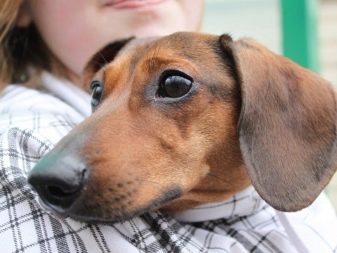
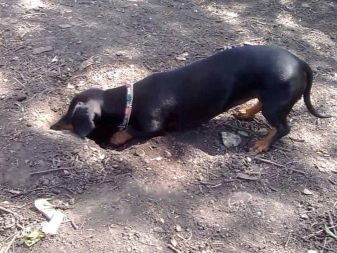
- In seventh place french bulldogsgetting along well with children and lovingly loving their masters. Despite the fact that dogs are superbly trainable, they need constant monitoring, because, due to their playful nature, they often forget that they are well-bred dogs and make messes in the house.
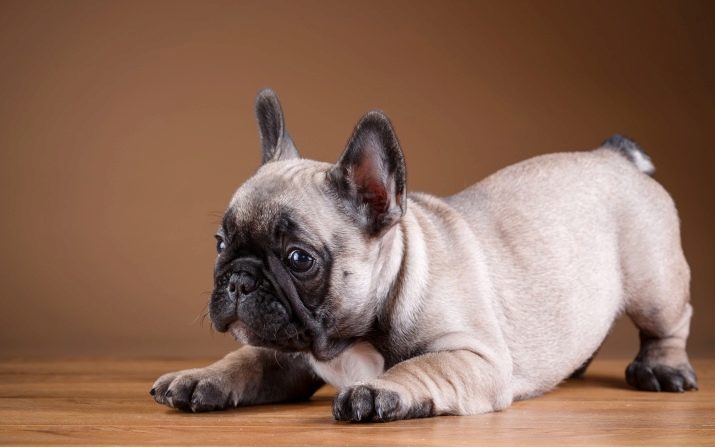
- Welsh Corgi Eighth Place, which are considered very contact and obedient dogs, delivering their owners a minimum of trouble. Pets are very serious and reasonable, they subtly feel the mood of the owner and can empathize.
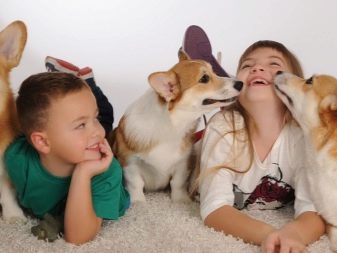
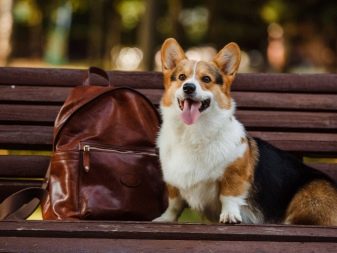
- In ninth place are American Cocker Spanielswho are considered very intelligent and loyal dogs. Representatives of the breed are quite mobile and companionable, they can get along well with other animals and children. The dog is hunting, and therefore prone to independent decision-making and needs movement.
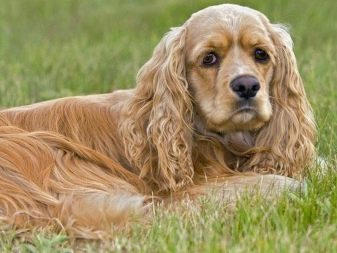
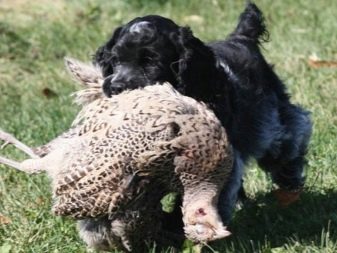
- The tenth line of the rating belongs to the Boston Terrier. This small dog loves noisy games, loves children and is well trained. However, upbringing must be started as early as possible, otherwise the dog will begin to cross the boundaries of what is permitted and become uncontrollable.
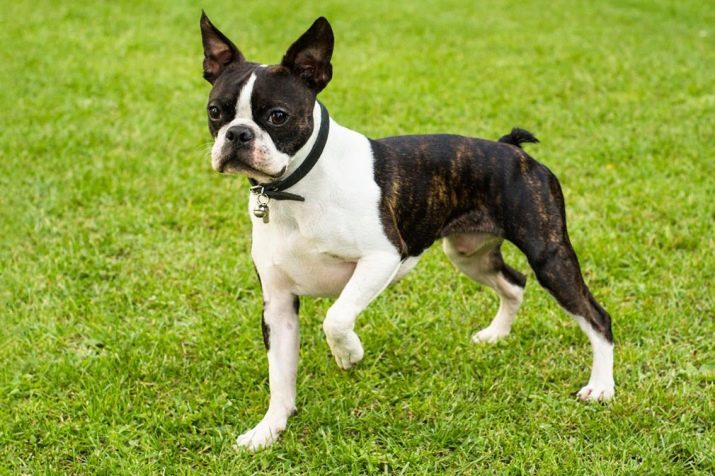
List of small species
Small breeds include domestic dogs whose weight does not exceed 12 kg.
- The first place belongs to the Russian Toywho has established himself as a very friendly and contact dog. The dog is an unsurpassed companion, very used to his family and is difficult to endure the change of owners.
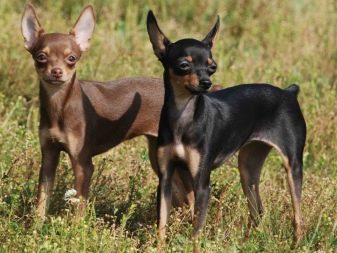
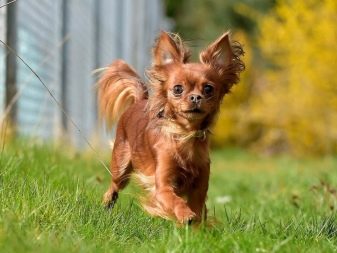
- In second place chihuahua. Dogs of this breed are characterized as very kind and mobile creatures. Contrary to popular belief that the breed is extremely decorative, pets are unusually smart, obedient, and smart. Chihuahuas get along well with children and are ready to entertain them for days on end.

- In third place is the Maltese lapdog (maltese), which is a fairly intelligent and intelligent dog. Lapwings are very energetic and strongly attached to their owners.

- Fourth place belongs toy poodle, which, like two more tall species of this breed, has a sharp mind, beautiful appearance and unprecedented quick wits.

- The fifth place is deservedly held by the Japanese spaniel. The breed is very ancient and has always been very popular. Dogs quickly learn 30 or more teams and execute them unconditionally.
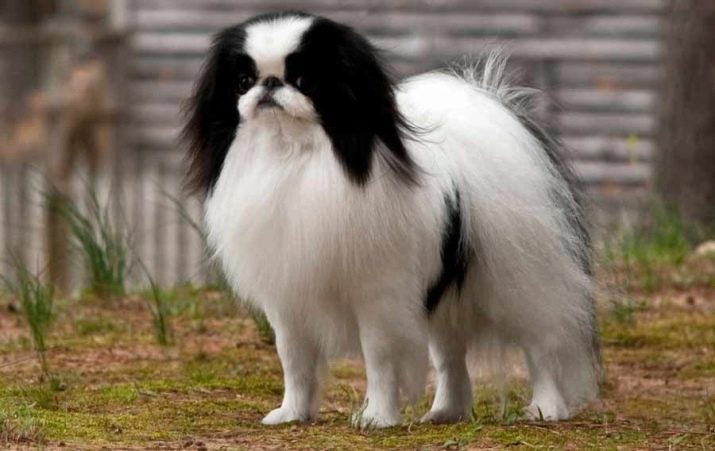
- In sixth place Pomeranian, which, despite their too decorative and somewhat "toy" appearance, are actually very developed dogs.
Pomeranians are very mobile, hardy and strongly attached to all family members.
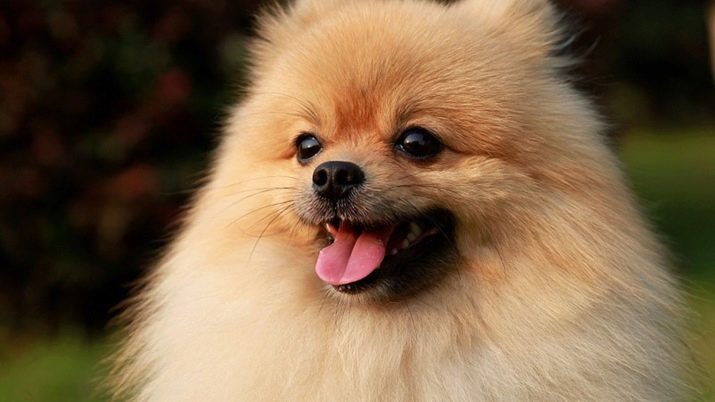
- Seventh place Yorkshire Terriers. This miniature dog is an excellent companion and soul mate. Dogs understand their owners at a glance and grasp the intonation very subtly. In general, pets are executive, however, are often lazy or too flirting, ignoring the owners' commands.
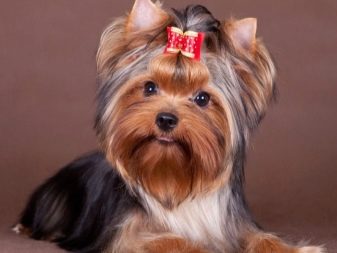
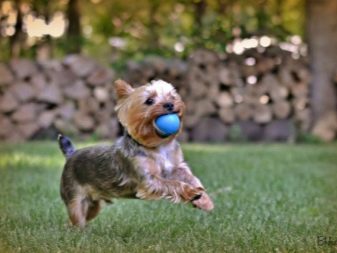
- Eights are coming Griffons are small "housekeepers." Dogs are distinguished by their extraordinary appearance, great courage and courage. These are quite calm dogs that do not disturb the peace of the family and always execute commands.
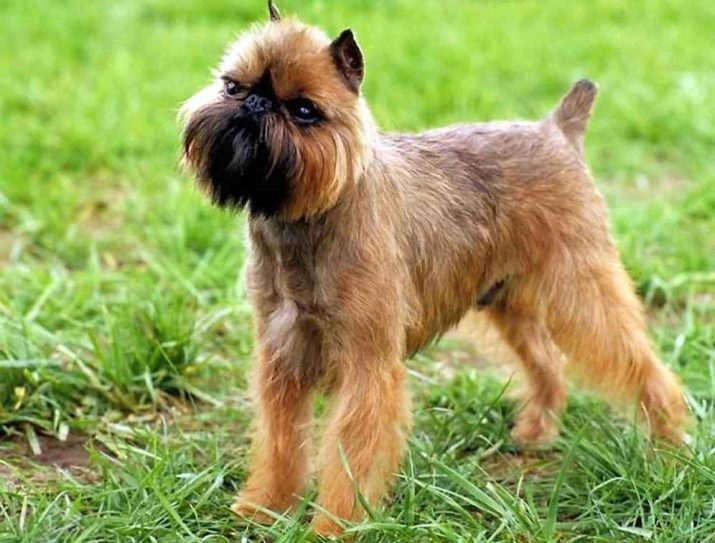
- Ninth place hold french lapdogspossessing a soft, flexible disposition and perfectly feeling the mood of the owner. Dogs of this breed are very sensitive, loyal and understanding. They get along well with other pets and get along with children. However, the owners need to remember that lapdogs can not stand loneliness, so if possible it is not recommended to leave them alone.

- And completes the top 10 papillon - A beautiful and flexible dog, perfect for families with young children.Pets are very quick-witted and resourceful, quickly get used to the family, however, at a later age they can not stand even a short separation from the owners.
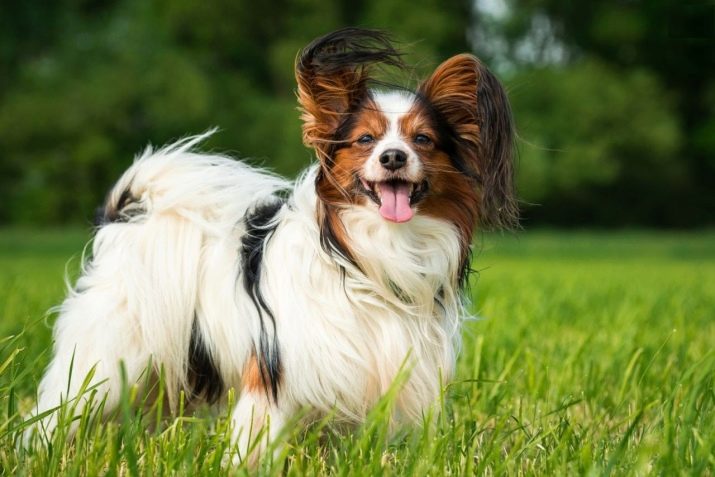
How to choose?
When purchasing a pet, one should know that not every dog is suitable for keeping in an apartment. Therefore, before you opt for a breed, you should carefully familiarize yourself with its characteristics, the necessary conditions of detention and feedback from the owners.
In addition, it should be remembered that if there are people in the house who are prone to allergic reactions, or small children, the circle of searches for the right breed is significantly narrowed. These families are suitable for non-molting and odorless dog breeds, such as a poodle, a Chinese crested dog or an American Hairless Terrier. Besides, if there are children in the family, then it is better to prefer a companion family dog to the service breed and purchase, for example, instead of a Rottweiler or Doberman Golden Retriever.
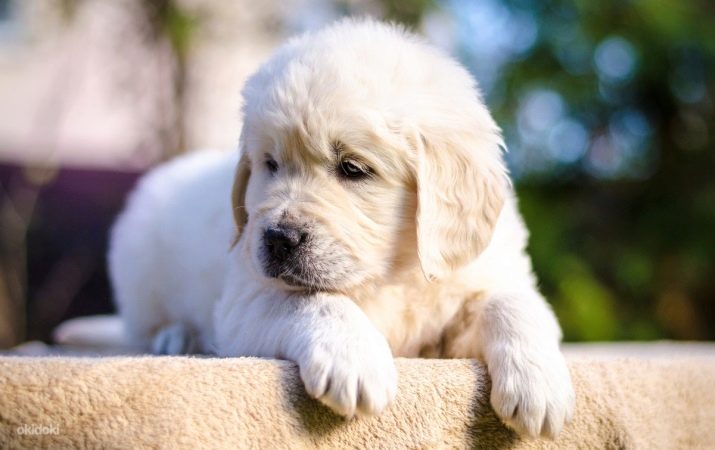
When choosing a dog for a private house, which will be kept on the street or most of the time on it, it is better to choose a pet with pronounced security and guard qualities and a thick undercoat. For example, a boxer or Great Dane is not suitable for these purposes, and an Alabai or Caucasian Shepherd dog will come in handy. As for the choice of a dog for intellect, unequivocal advice on this subject cannot be given.
Any dog raised in love and care, with the right upbringing, can become a best friend, a great companion and a brave defender.
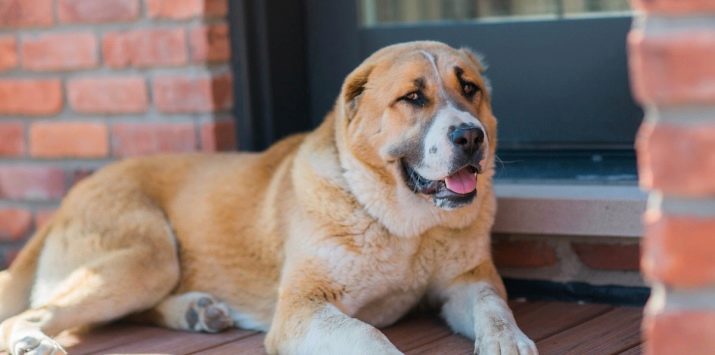
About which breed of dog are the smartest, see the next video.
